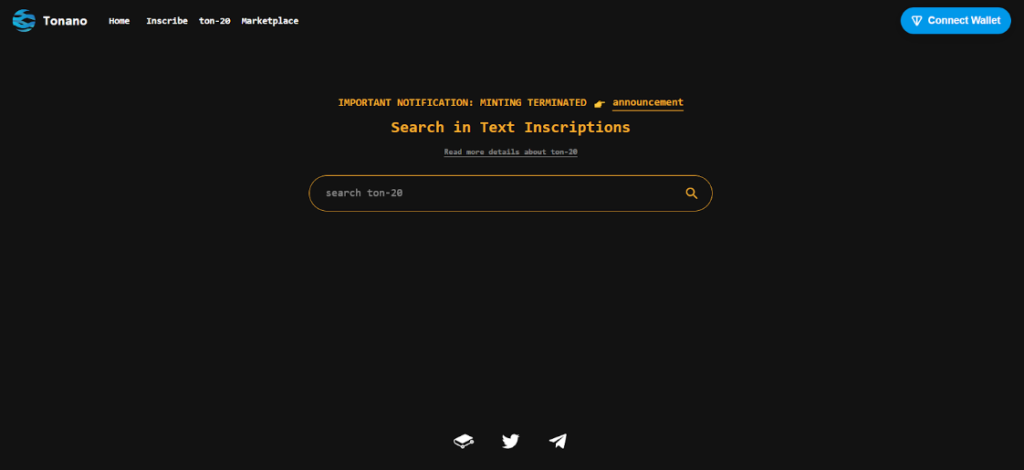In a dramatic turn of events, the Telegram Open Network (TON) blockchain, celebrated for its sharding technology and remarkable throughput, faced an unexpected crisis…

The launch of Tonano, a service for minting NFTs tied to ordinary tokens, took an unprecedented toll on the network, leading to a temporary freeze and highlighting critical concerns surrounding scalability.
Table of Contents,
The Sharding Advantage
TON, known for its innovative use of sharding, boasts an impressive real throughput of 100 thousand transactions per second. This technology partitions the network into smaller, more manageable shards, allowing for parallel processing and enhanced performance. However, the recent events underscore the challenges associated with handling unexpected surges in demand.
Tonano’s Explosive Debut

On Monday, developers introduced the Tonano service on the TON blockchain, allowing users to mint NFTs in a fashion reminiscent of Ordinals. The service’s popularity exceeded all expectations, driving a surge in user activity that overwhelmed the hardware of validators, the backbone of TON’s decentralized network.
Network Paralysis and Transaction Backlog
The overwhelming success of Tonano came at a cost as the TON blockchain grappled with an influx of demand. Currently, the network is burdened with a staggering 2.5 million unprocessed transactions languishing in the TON mempool. Transaction processing speed plummeted to an alarming 1 transaction per second, starkly contrasting TON’s usual prowess.
You can monitor this data here.
Comparative Analysis with Established Blockchains
A comparison with Bitcoin becomes imperative to grasp the severity of the situation. With its average block creation time of 10 minutes, Bitcoin manages to process up to 7 transactions per second. The fact that TON, designed for far greater throughput, now struggles to match even this basic metric raises critical questions about the network’s resilience under unexpected stress.
Discover more stories! How Forbes Ignites Web3 Evolution
Scalability Concerns and Future Implications
Tonano’s overwhelming success is a litmus test for TON’s scalability, exposing vulnerabilities that may have been underestimated. As blockchain technology evolves, the ability to seamlessly handle high transaction volumes becomes a non-negotiable requirement. TON’s momentary paralysis prompts a reassessment of its scalability protocols and the need for anticipatory measures to mitigate potential disruptions in the future.
Conclusion
The TON blockchain’s encounter with network paralysis following the launch of Tonano sends ripples through the blockchain community. So, despite advancements in sharding and throughput capabilities, an unexpected surge in demand can challenge even the most sophisticated blockchain networks.
As TON engineers work towards resolving the current impasse, the industry watches closely, drawing valuable insights for the future development of blockchain infrastructure and scalability solutions.



